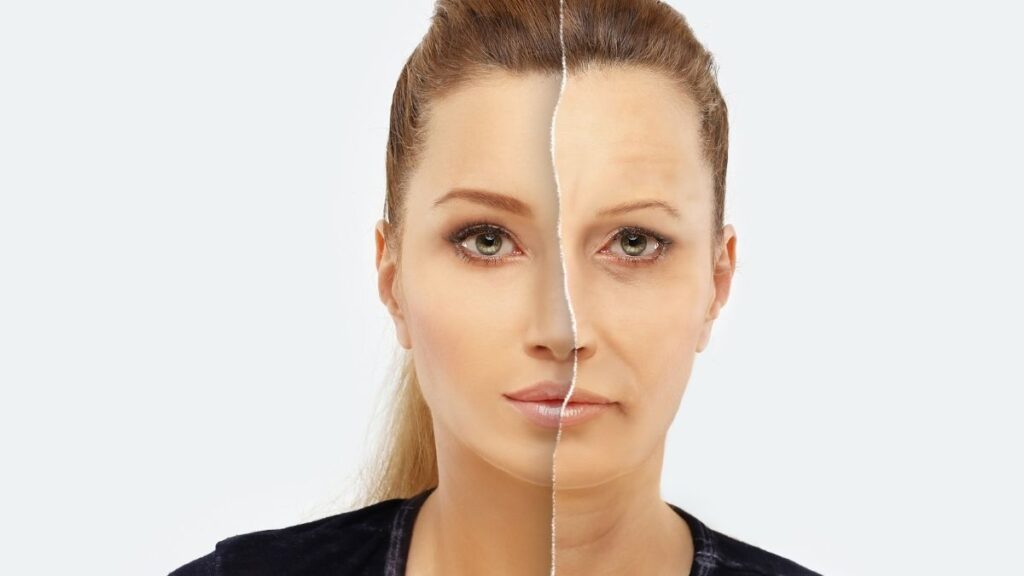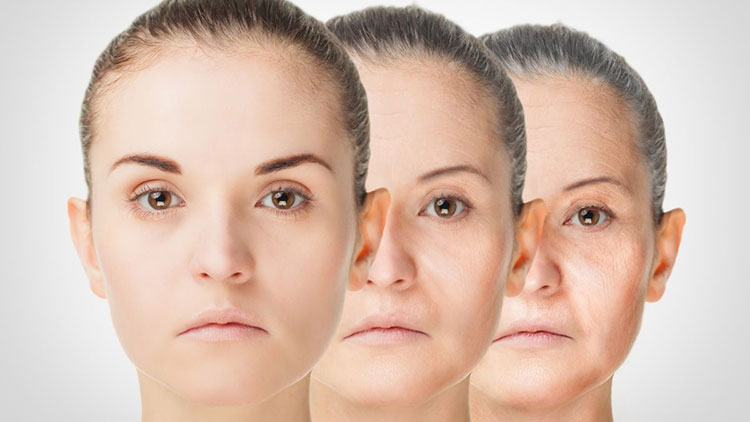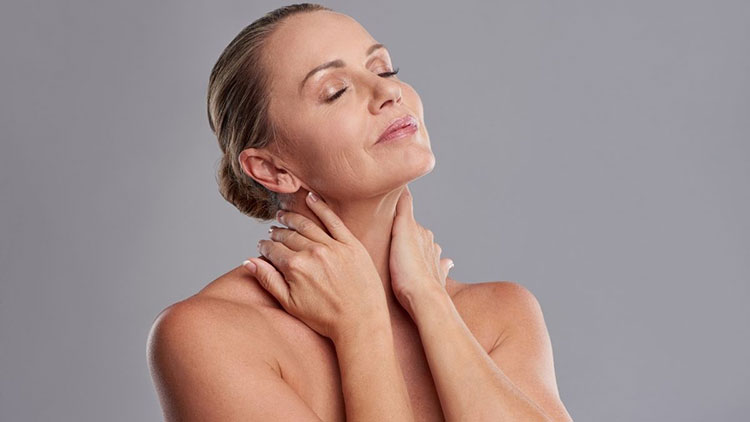We are all familiar – often too familiar – with aging. But many of us are less familiar with the two types of aging: primary and secondary aging.
Have you ever noticed that some people age gracefully while others age earlier than their time? Have you ever gone to a high school reunion and were shocked that some people were completely gray while everyone else has their original hair color?
There are actually two types of aging – primary and secondary aging:
- Primary aging is the type of aging that occurs due to maturation.
- Secondary aging is what happens when you have disease(s) and the effects of the environment and bad habits on the body.
In the case of primary aging, it’s the maximum lifespan of a species. For example, an Amazon parrot has a lifespan of 80 years old while a queen ant has a lifespan of only 3 years.
Here’s a chart of some other species to see how humans compare:
| Species | Life Span in Years |
|---|---|
| Cat | 25 |
| Dog | 22 |
| Eagle | 55 |
| Cow | 22 |
| Crocodile | 45 |
| Fox | 14 |
| Great Horned Owl | 68 |
| Koala | 8 |
| Mouse | 4 |
| Bat | 24 |
| Angleworm | 15 |
Primary Aging vs Secondary Aging
Primary aging is gradual. You get one gray hair and then maybe another handful of them the following year, and it takes about five years to go totally gray.
Disease, environmental toxins, cigarette smoking, and alcohol are some of the secondary aging factors that cause decline of the physical body in many ways. Secondary aging effects are not supposed to be part of the normal decline that occurs within a species.
Although death is unavoidable, aging may be slowed down considerably if you address the secondary aging factors that cause it. You can avoid Alzheimer’s disease, cancer, diabetes, and cardiovascular disease if you strategize and start making changes. Specific to secondary aging, there are also diet changes you can make to help.
Old Views on Aging
If you read about the biology of aging, you’d find that in the year 2000, doctors at Mayo Clinic specifically said that nothing has been demonstrated to slow or reverse the primary aging process in humans.
At that time, they also said that the factors that affect longevity do so by influencing disease development, which is part of secondary aging. Preventive strategies against secondary aging are aimed at maintaining health and functional capacity, and rectangularizing rather than extending the survival curve.
Interventions for preventive geriatrics and successful aging include a low-fat, low-energy diet with a high content of fruits and vegetables, exercise, and hormone replacement.
The medical profession missed the logic and wisdom that the natural healing had for decades about reversing aging.
The 75-Year-Old with a 20-Year-Old Body
Here’s an example for you. Victoria Morton, founder of the Suddenly Slender body wraps company decades ago, understood the effects of aging on the body. She had seen these negative effects occur in her Hollywood celebrity clients. However, she had also seen the positive effects from using her own body wraps focused on pulling toxins out of the cells.
When Victoria Morton turned 75, she still had the body of a 20-year-old. This seems unbelievable, but the substances in her body wrap were simultaneously working on feeding the tissues the nutrients that were needed while they were compressing the tissue. The compression of the bandages was squeezing out trapped fluids in the tissues that contribute to a ‘soft’ appearance as one ages. The minerals in the body wrap were absorbed by the skin and also had a rejuvenating effect.
Victoria Morton’s secret about aging was addressing the secondary effects of aging – the ones that occur because of disease, the environment and its toxins, and lifestyle habits.
Natural healing practitioners have known for decades that if you address toxins that accumulate in the body, nutritional status, and lifestyle habits, you can reverse a lot of diseases. And her wraps have stood the test of time – both for herself and for her clients.
What’s So Bad About the Aging Process?
Often people get consumed by life’s responsibilities and its problems and simply give up on battling against both primary and secondary aging. Why is this type of attitude so damaging? Why is it more important to truly address any secondary aging effects even before they occur?
Sometimes we just need a reminder on why we need a battle against aging. There are several things that occur from aging (if you don’t address it preventively):
- Your hair seems dull and thins
- Wrinkles appear
- More time spent at doctors’ offices and hospitals
- Joints hurt a lot of the time
- Bat wings make their grand appearance in the summer at reunions
- Others expect you to forget things, and you sometimes do
- A turkey neck replaced your real neck
- Muscles aren’t as strong as they were when younger
- Sexual desire declines
- You don’t hear so well.
These types of changes are inevitable as your chronological age increases. And what makes aging a whole lot worse overall is the changes from diseases, toxins causing damage to the body, and nutritional deficiencies. These cause secondary aging changes that bring about decline much more rapidly.
There is Some Good That Occurs with Primary Aging
Then of course, you can look at the benefits of primary aging and see that some effects really aren’t so bad:
- Most of your friends are younger with a bright outlook on life
- You are the recipient of people’s niceness – “Can I open that door for you, Ma’am?”
- You can look back on your life and list all the things that made you feel satisfied with it
- You can choose what decade you want to dress in today – and remember those fond times.
- Problems aren’t so bad anymore; you’ve already solved most of them.
- You have the most compassion and patience you ever had in life.
- Older women can flirt with younger guys and know they won’t be taken seriously.
- You stop wasting money on things that don’t work.
- You’ve seen most of the ways people get taken advantage of and can avoid them.
- You more easily forgive and forget.
- You sweat less.
- You’ve taken a more active stance on your relationship with the Creator.
- You realize more that you have a purpose in life.
What Happens When Disease Sets In?
When disease of any type sets in, it’s usually a slow process that causes small changes over the course of at least a few years. Disease causes secondary aging effects, which will be far worse than primary aging effects.
For example, cigarette smoking causes lung cancer. If someone is a smoker and then gets lung cancer, he may need chemotherapy and radiation treatments. These treatments further decrease the quality of life he has and may leave him with long-lasting damage to his physical body, his sense of taste and smell, his immunity, ability to ward off infections and more.
If someone drinks alcohol regularly, his liver takes the brunt of the alcohol. He may develop fatty liver and cirrhosis, and then hepatitis and other infections. His life is forever changed by one bad habit.
Summary
Knowing the difference between primary aging and secondary aging is understanding what someone can control about their health. And from there, you can make wise choices, no matter where you are starting from.




